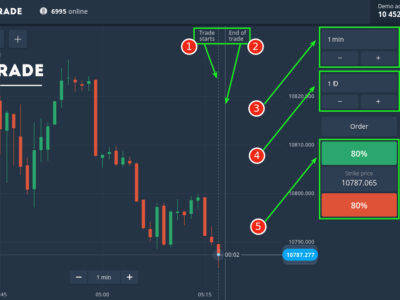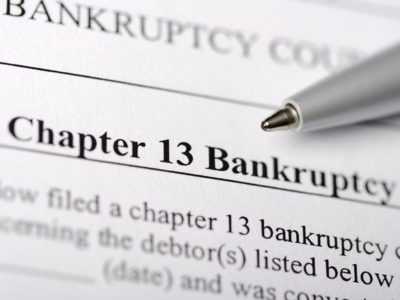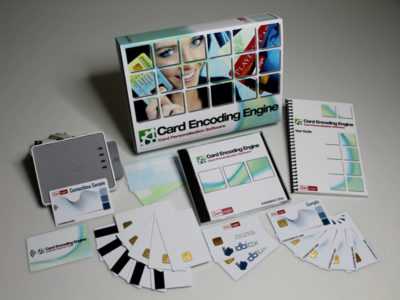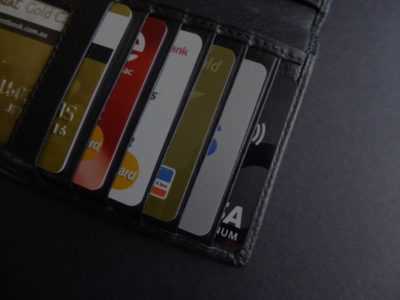Demat account is also known as dematerialised account that holdsthe shares and securities in an electronic form. It is the primary requirement to open a demat account to transact in the Indian financial market.
With the introduction of demat account it has become extremely convenient to transact in shares and securities. Moreover, you can also convert your physical securities into electronic form. But not many people are aware of the process of converting physical shares into demat. In this article you will learn about how to convert physical shares to demat.
Steps for Converting Physical Shares to Demat
Step 1: Opening the Demat Account
The first and foremost step for converting the physical shares to demat is opening a demat account with the depository participant. The steps to open a demat account are as follows:
- Visit the depository participant and fill the account opening form.
- Submit all the mandatory documents required for opening a demat account.
- Sign the agreement copy of the rules and regulations given by the depository participant. The agreement consists of the schedule of charges that you would need to pay.
- The depository participant shall then send his employee to carry out your in-person verification. This is done to verify the documents given by you during the account opening form.
- After the successful verification process, the depository participant shall give you a unique client ID along with a demat account number. You can log in with the demat account number and start transacting in the Indian financial market.
Step 2: Process of Transferring Physical Shares into Dematerialised Form
- Contact your depository participant and fill the Dematerialization Request Form (DRF).
- Submit the DRF to the depository participant after filling up all the necessary details. Do not forget to mention ‘Surrendered for Dematerialisation’ on the share certificates while handing them to the depository participant.
- After successful verification of your DRF and authentication of the share certificates, within two to three weeks’ time you will receive an electronic request. The physical share shall be converted into the dematerialised form and they will be credited into your demat account.
Step 3: Disposing Physical Share Certificates
The physical share certificates held by you can now be destroyed. You do not need to safeguard them anymore because now your shares are converted into electronic form in the demat account. You can easily sell your shares from the demat account which was not possible when you were holding the shares in the form of physical share certificates.
The above mentioned is the process of converting your physical shares to demat. Holding shares in physical form has many disadvantages. In this section of the article, we will list down the disadvantages of holding shares in physical form.
Disadvantages of Holding Shares in Physical Form
- Physical shares need to be stored safely and securely to protect them from risks like damage, theft, loss due to wear and tear of the share certificate, etc.
- Multiple steps need to be followed to transact using the physical share certificate. This makes the whole process very time consuming. While on the other hand, transaction of shares in dematerialised form can be completed within seconds.
- Transaction using physical share certificate is costly in nature because stamp duty is applicable to them. On the other hand, shares in the dematerialised form do not attract stamp duty.
The above mentioned are a few of the disadvantages of holding shares in physical form. If you are looking to convert your physical share certificates and open a demat account, you can consider opening your demat account with Kotak Securities. They are number one broking firm in India. They provide customers with the most premium services at very affordable rates.













